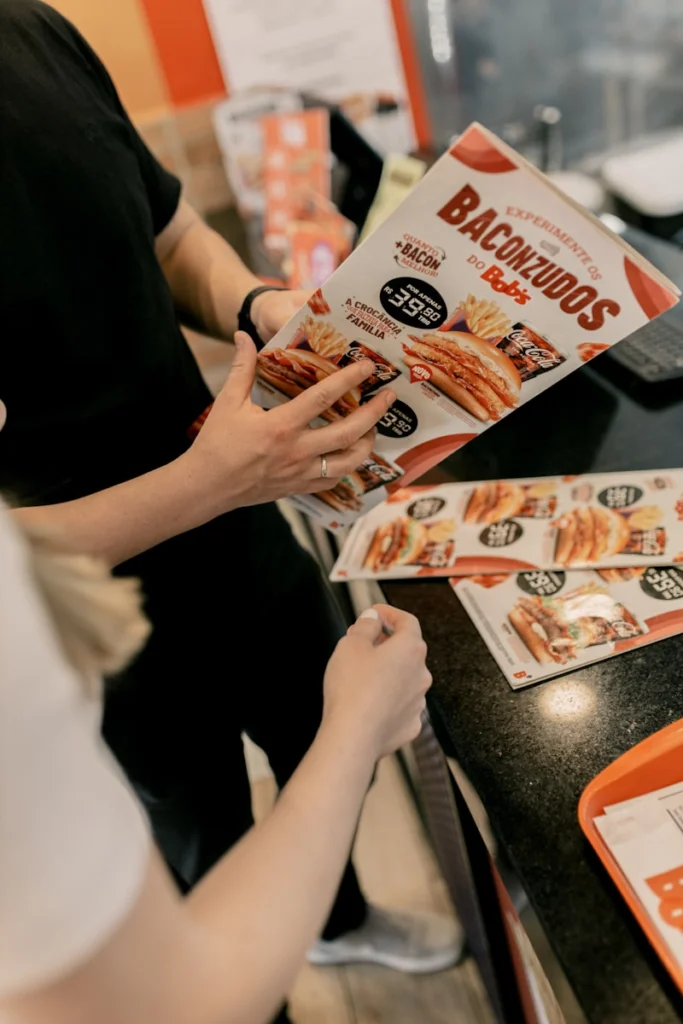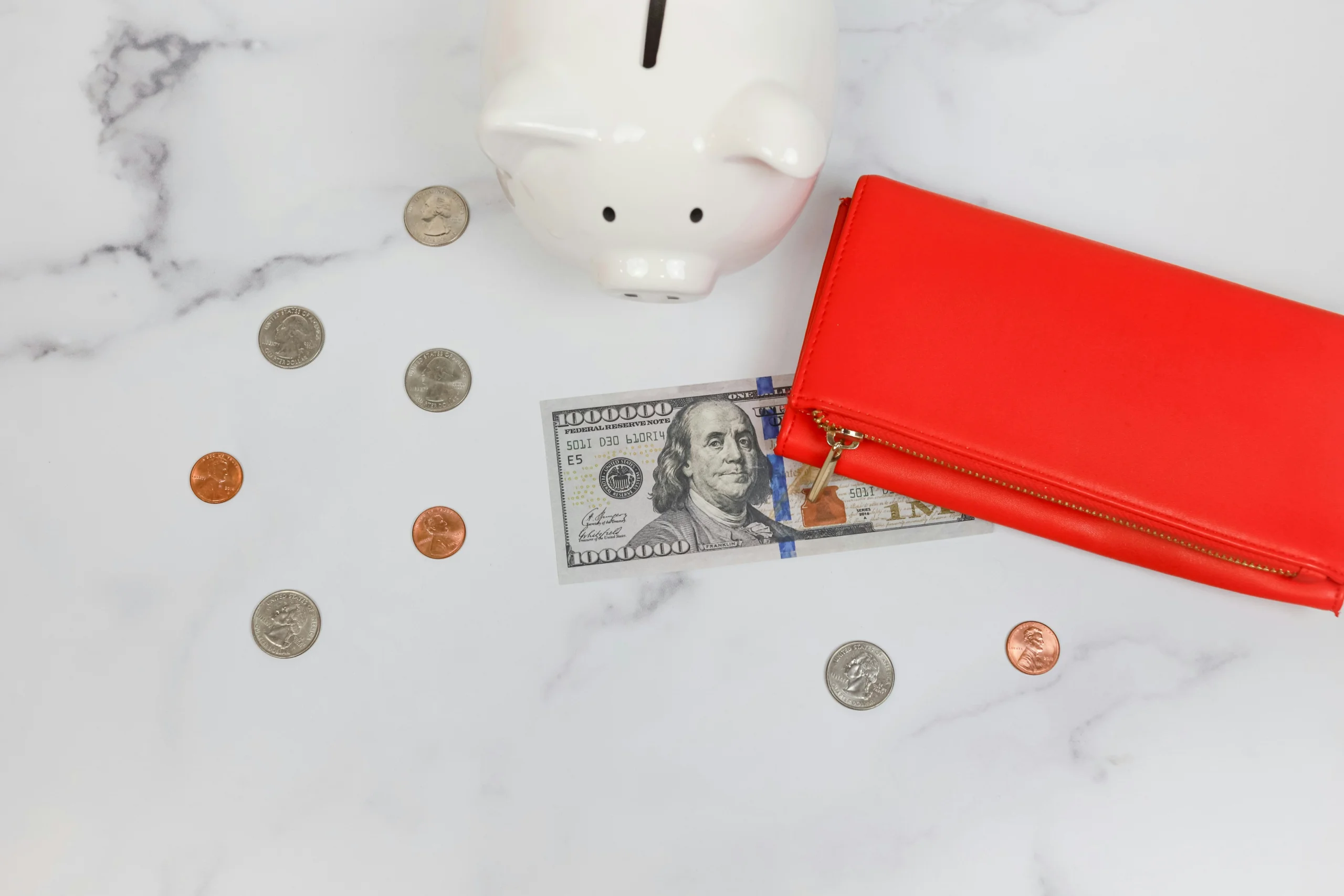
One has likely contemplated whether it is genuinely feasible to reside comfortably on $30,000 annually without experiencing a sense of deprivation or financial stress. The truth is: it can indeed be accomplished, and I am living testament to this fact! Over the course of the past three years, I have mastered the art of extreme frugal living while maintaining a lifestyle that genuinely brings me happiness. The secret does not lie in cutting every corner or living in misery – it is about making strategic choices that maximize the impact of your financial resources.
Strategic Housing: How I Cut My Biggest Expense in Half
When I realized my rent was eating up 60% of my income, I knew something had to change fast. You can’t build wealth when housing devours your paycheck!
I immediately started hunting for roommates and found two reliable people within three weeks. A solid roommate agreement saved me from future headaches by covering everything from chores to guest policies.
Next, I mastered landlord negotiations. When my lease renewal came up, I presented a list of needed repairs and asked for reduced rent in exchange for handling maintenance myself. This strategy dropped my monthly housing costs from $1,800 to $900! You’ve got the power to transform your biggest expense into your smartest financial move.
Creating a detailed business plan helped me track my housing savings goals and project how this reduced expense would impact my overall financial future.
The $50 Weekly Grocery Challenge: Feeding Myself Well on Less

After slashing my housing costs, I turned my attention to the second-biggest budget drain: groceries. You can absolutely feed yourself well on $50 weekly with the right approach.
Start with meal planning strategies that focus on versatile ingredients. I buy rice, beans, eggs, and seasonal vegetables in bulk. These staples form the foundation of countless budget friendly recipes throughout the week.
Smart meal planning starts with buying versatile staples like rice, beans, and eggs that work in dozens of different recipes.
You’ll discover that simple meals often taste better than complicated ones. Fried rice with vegetables, bean and cheese quesadillas, and hearty soups stretch ingredients far while keeping you satisfied.
Shop with a detailed list and stick to store perimeters where fresh foods live. Skip processed items – they’re expensive and less nutritious. Your wallet and health will thank you for this powerful shift!
When cooking becomes stressful, remember that gratitude journaling can help rewire your brain to focus on the abundance you’re creating with simple, nourishing meals.
Transportation Freedom: Living Car-Free and Loving It
Since ditching my car three years ago, I’ve saved over $8,000 annually while discovering genuine freedom in my daily routine. You’ll master transportation without breaking the bank when you embrace these powerful strategies:
- Download transit apps that show real-time schedules and route planning
- Invest in quality walking shoes and weather gear for year-round comfort
- Join local bike-share programs for flexible, affordable short-distance travel
- Build relationships with car-owning neighbors for occasional ride exchanges
The public transit advantages extend beyond money savings. You’ll gain reading time, reduce stress from traffic, and contribute to environmental health. Car free community benefits include stronger neighborhood connections and improved physical fitness. You’re not giving up convenience – you’re choosing financial power and authentic community engagement over expensive car payments! Track your daily steps and distance with apps like Fitbit to stay motivated and celebrate the physical fitness gains from your car-free lifestyle.
The Free Entertainment Goldmine: Activities That Cost Nothing
Everyone believes entertainment requires spending money, but you’ll discover countless activities that deliver genuine fun without touching your wallet. Your community offers incredible public amenities exploration opportunities that most people ignore.
Visit local libraries for free workshops, book clubs, and computer access. Check out hiking trails, public beaches, and community gardens in your area.
Develop complimentary hobbies that build valuable skills while entertaining you. Learn photography using your smartphone, start writing short stories, or practice meditation in nearby parks. YouTube provides unlimited tutorials for drawing, cooking, and exercise routines.
Connect with neighbors for potluck dinners, game nights, or skill-sharing sessions. Many cities host free concerts, festivals, and outdoor movie screenings throughout the year. You’ll build stronger relationships while keeping your entertainment budget at zero dollars monthly.
Consider organizing a neighborhood clean-up event with friends to give back to your community while staying active and social.
Smart Shopping: When and How I Spend on Necessities

While free entertainment keeps your budget intact, you’ll still need to purchase essential items like food, clothing, and household supplies. The key is maximizing every dollar through strategic timing and smart techniques.
- Track seasonal deals – Buy winter coats in March and swimwear in September when retailers clear inventory
- Master coupon strategies – Stack manufacturer coupons with store sales for maximum savings
- Shop loss leaders – Identify items stores sell below cost to attract customers
- Time your purchases – Buy groceries on Wednesday evenings when new sales start
You’ll slash your essential spending by 40-60% using these methods. Choose generic brands over premium alternatives since they typically cost 50% less while delivering identical quality and performance. Remember, every dollar you don’t spend on necessities gives you more control over your financial future!
Side Hustle Income Streams That Actually Work
Cutting expenses only takes you so far – eventually, you’ll want to increase your income to reach your financial goals faster. You’ve got untapped earning potential waiting to be liberated through strategic side hustles.
Start with skill based freelancing in areas you already know. Writing, graphic design, or tutoring can generate $20-50 per hour. I’ve earned $800 monthly teaching English online just three hours weekly.
Build passive income sources that work while you sleep. Create digital products, rent out parking spaces, or sell stock photos. These streams start small but compound over time.
Focus on scalable opportunities that don’t trade time for money indefinitely. Online course creation allows you to develop content once and sell it repeatedly, potentially earning $500-10,000+ per month. Your expertise becomes your greatest asset when you package it correctly and market it consistently.
Emergency Fund Building on a Shoestring Budget

When you’re living paycheck to paycheck, building an emergency fund feels impossible – but it’s actually when you need one most. You’ve got more power than you think to create financial security, even on tight income.
Start with these proven strategies:
- Save loose change daily – collect coins in a jar and deposit monthly
- Set up automatic transfers of just $5-10 weekly to savings
- Sell unused items around your house for quick cash injections
- Use the 52-week challenge – save $1 week one, $2 week two, continuing upward
Cash flow planning becomes your secret weapon here. Track every dollar coming in and going out for one month. You’ll discover small leaks you can plug immediately. Even saving $20 monthly builds $240 yearly – that’s real emergency protection!
Consider using cash envelopes for your discretionary spending categories to prevent overspending and naturally create leftover money that can boost your emergency fund faster.
Monthly Budget Breakdown: Where Every Dollar Goes
After you’ve started building that emergency fund, creating a detailed monthly budget shows you exactly where your money flows and reveals hidden opportunities for savings. You’ll discover that maximizing budgeting strategies starts with categorizing every expense into fixed costs like rent ($800), utilities ($120), and groceries ($200).
Track variable expenses too – entertainment, clothing, and miscellaneous purchases that can derail your financial goals. Use apps or spreadsheets to monitor where each dollar goes throughout the month. This tracking spending trends approach reveals patterns you didn’t know existed.
You might find you’re spending $150 monthly on coffee shops or $80 on unused subscriptions. Once you see these numbers clearly, you’ll have the power to redirect that money toward your financial freedom goals! Consider using the 50/30/20 budget rule as a framework to allocate your income between essential needs, discretionary wants, and savings goals.
The Psychology of Contentment: Rewiring Your Money Mindset
Why do you feel that constant urge to buy something new every time you walk into a store? Your brain’s wired to seek novelty, but you can rewire those impulses and take control of your financial destiny.
Breaking free from consumer conditioning requires strategic mindfulness practices that put you back in the driver’s seat:
- Practice the 24-hour rule – Wait a full day before any non-essential purchase
- Visualize your goals daily – Picture your financial freedom instead of material items
- Use expense tracking methods – Monitor every dollar to see spending patterns clearly
- Celebrate small wins – Acknowledge each frugal choice as a victory
You’re not depriving yourself; you’re choosing long-term wealth over temporary satisfaction. This mental shift transforms budgeting from restriction into empowerment, making contentment your strongest financial tool. When you see money as a tool rather than something to be ashamed of discussing, you develop the confidence to make financial decisions that align with your long-term goals.
Maintenance and Repairs: DIY Skills That Save Thousands

Five basic DIY skills can easily save you $3,000 to $5,000 every year in professional service calls and replacements. You’ll transform from dependent consumer to self-reliant problem-solver with these essential abilities.
Master DIY plumbing techniques first. Unclogging drains, replacing faucet washers, and fixing running toilets saves $200-400 per call. YouTube tutorials make these repairs surprisingly simple.
Simple plumbing fixes like unclogging drains and replacing washers can save you hundreds per service call.
Next, learn basic electrical work like replacing outlets and switches. This alone saves $150-300 per visit. Always turn off power at the breaker first!
DIY home repairs extend your reach further. Patching drywall, caulking windows, and painting touch-ups prevent costly contractor bills. You’ll spend $50 on supplies instead of $500 on labor.
Start small with one skill monthly. Your confidence grows while your wallet stays full. These aren’t just repairs—they’re investments in your financial independence!
Building these money-saving DIY skills requires consistent practice over time, with research showing it takes an average of 66 days to form lasting habits.
Conclusion
You’ve got everything you need to live well on $30,000 a year! Start with one area that excites you most—maybe housing or groceries. Track your progress and celebrate small wins along the way. Recall, you’re not depriving yourself; you’re choosing financial freedom over stuff. Each dollar you save brings you closer to peace of mind. Take action today, and you’ll be amazed at what’s possible!





Leave a Reply